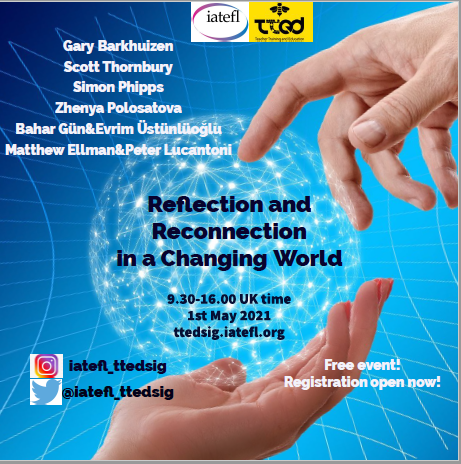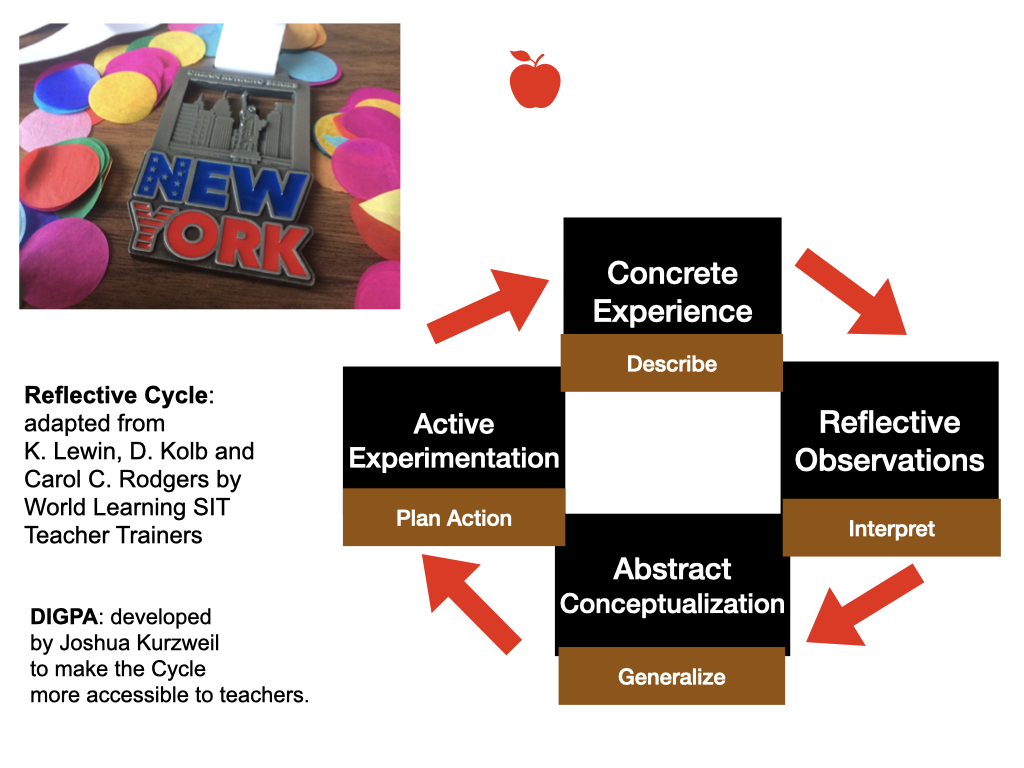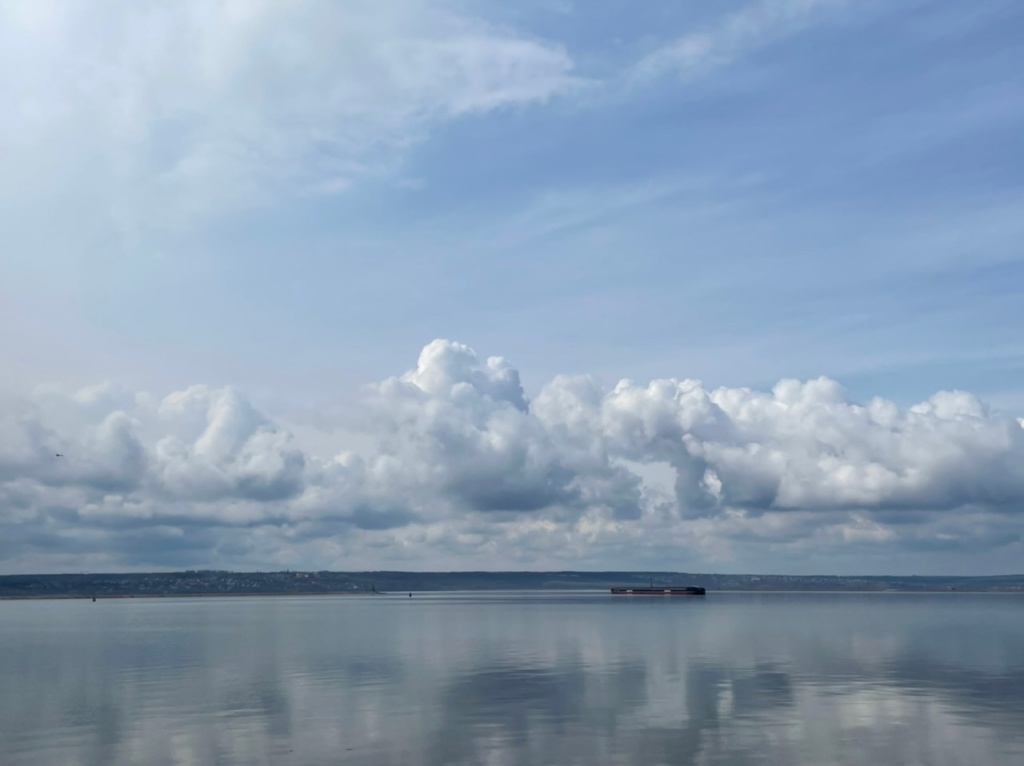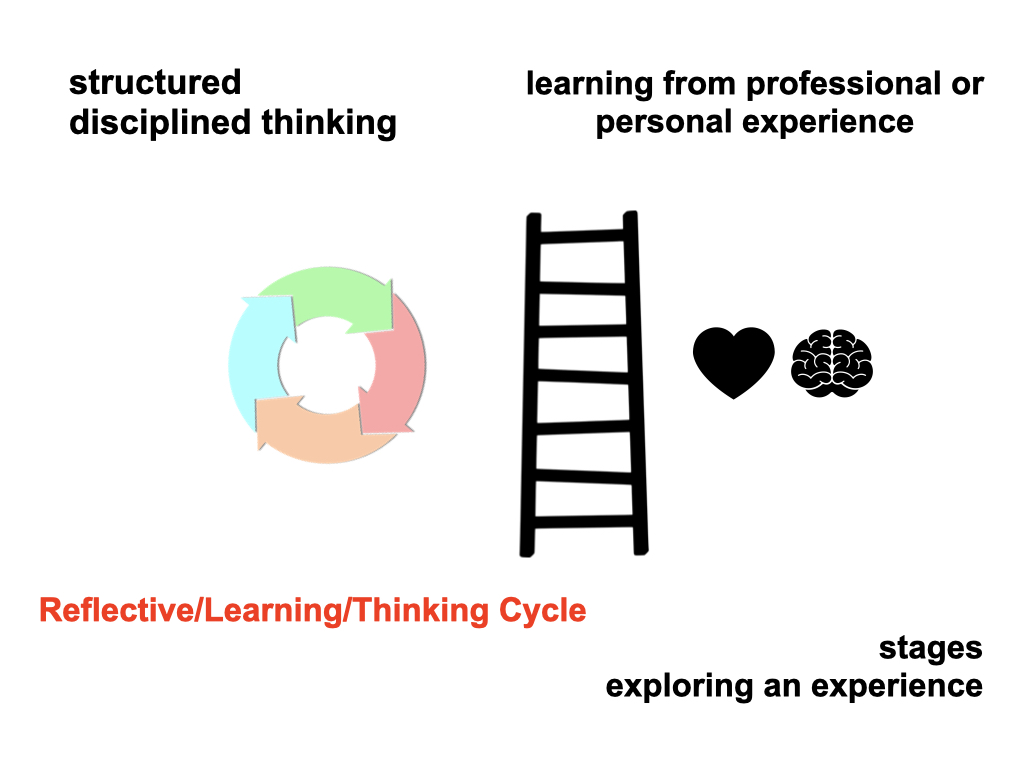This is a new Trainer Conversations series post in which I am talking with Hakan about being an ELT trainer and an EFL teacher, and how moving into a new country brings a new perspective into both of these roles. By the way, if you have read my earlier trainer conversation posts, you may have already ‘met’ and seen Hakan (check our interview with Burak).
Happy reading!
Z: Where are you based? What has your ELT journey been so far?
H: I am currently based at home 😊 in Kuwait. This is my third year in Kuwait; two years at university and a year at home [teaching online]! Previously I had the idea that it was going to be a great experience for me working in a different culture and context, then I got online teaching in this new context as a bonus. Well, to this end, I might call it a never-ending learning experience with full of surprises. You got to be prepared all the time. Thus, Professional Development matters!
Z: What do you do in ELT?
H: I am an instructor of English and a teacher trainer for the World Learning SIT TESOL Certificate program.
Z: Where are you teaching now?
H: I am teaching at a private American University in Kuwait.
Z: How similar or different are the educational cultures in these 2 countries: your native Turkey and Kuwait?
H: Well, when I first came, I thought it would be easy for me to adapt as I believed there would be more similarities than differences. Yet, it is just the opposite especially when you get into the classroom. First of all, I had never taught gender-segregated classes before teaching here. Now, I have huge classes of male and female sections separately, at different levels. This has been quite a challenge. Besides, the cultural attitude, perception, and behavior are totally different. Your approach in class, the material you use, even the tasks you prepare differ depending on the class. To illustrate, you can perfectly form the groups in male classes and let them work together on the carpet and this will boost the interaction among them as they feel comfortable. No one will bother as it is acceptable in their culture.
So… even though I want to share the examples and photos, I can’t. Nothing about classroom practice. At the same time, all the things I value and learn here are about culture. All the things I reflect on are about my teaching in this context, not training.
The ‘trainer side’ (of my personality) is different. I have never worked with the local teachers in Kuwait, so I will be responding from my teaching perspective. Everything is new, everything is surprising.

Kuwait 2020 (before the world paused…)
Z: I remember when I got an SIT TESOL Cert Trainer license it was hard to understand the Culture Module in the course before I started actively training outside my native Ukraine. Was this the same for you?
H: Exactly! I believe, the SIT TESOL Certificate course distinguishes itself among the others by giving participants this important perspective apart from the teaching abilities they need to gain throughout the course. In the cultural module participants raise their awareness on the concept through Four Cultural Knowings framework and reflection. I value it more now. When I trained teachers in Turkey, I worked with international students (e.g. from Europe or the United States). At the same time, what you teach in that module can be quite generic unless you are really experienced with it. And ‘experience’ is only the first step. You really need to internalize it. Hence, I now understand that every trainer needs to know it, and to have had some cultural experience. That’s why I mentioned that I want to work with the Asian participants and students as well. Because it is about putting more bricks to your wall, unless you are reaching the top of the framework you are trying to reach.
Working with a lot of people (who come to your country) is great, but working with the local people in their culture is amazing. Before coming here, I heard stories, e.g., ‘teaching Arabic students is like XX’ or ‘This is what working with Arabs is like’, etc. Now I know: it is totally different.
Z: So, what have your Kuwaiti students taught you (as a teacher, and as a trainer?)
H: My number one principle in teaching and training has always been ‘Know Your Learners’ (The 6 Principles of Teaching, TESOL). Working with my current students has proven this to me once again. You really have to adapt yourself, your teaching, your material, and your activities accordingly. You should know what you can or can’t discuss or what you can or can’t ask your learners.
Working with students who use a different alphabet in their daily lives is also another thing that gave me a lot of ‘A-ha!‘-moments in my writing classes. Every lesson, every reflection after the lesson teaches me something new. It is always important to test what students already know or don’t know before you plan your lessons as they might easily surprise you.
Z: How would these ideas inform or impact your training practices and beliefs?
H: I haven’t been doing any teacher training since I moved to Kuwait. However, in my future training courses, I would definitely pay more attention to the culture module and reflection. You know reflection is one of the core skills in the SIT TESOL Cert course and I love how it is applied in every part of the course.
I am now filling my bag with more experiences and have more scenarios in my mind about the things that might occur in classes and that will be more helpful for the trainees, I presume. I hope to better guide them while helping them to reflect on their classes.
Z: What is your ‘ELT Identity’ like: are you a teacher, a trainer, or both? Why so?
H: None. I am always a learner. I love learning because who dares to teach must never cease to learn, as John Cotton Dana said. Then, I guess I am a teacher. You can’t be a trainer if you can’t teach. As a trainer, I see myself as a teacher who has things to share with a bit more experience and knowledge. My main role as a trainer is to guide participants to be more aware reflective practitioners so that they will learn from their experiences when they are all alone. I believe having this skill is the key and my responsibility is to guide them through this path.
Z: How do you keep your training skills up these days?
H: I take training courses myself. I always look for something that will improve my skills and give a different perspective. During and after the pandemic there has been a massive amount of online courses for teachers. I tried to take as much as I could. I read blogs, but mainly follow people on Twitter. I love Twitter. I get ideas from there, adapt them and try them in my classes. Then I reflect on them.

Co-presenting at ASLA Sweden.
Z: What question(s) about teacher training have you always wanted to ask other colleagues?
H: What is one experience or moment that changed your training approach totally? Why?
Z: I would love to answer that one [note to self: a blog post idea!] What questions about teaching or training have you always wanted to be asked about?
H: Loved this question but I don’t have an answer😊 I have to think. Maybe: what is your teacher or trainer superpower?
Z: That’s a wonderful one! So… what’s yours?
H: I was thinking about this, about myself. I’d say my rapport with people is my superpower. Teacher rapport, human rapport. I am a ‘people person’. I generally have positive feedback from my trainers, co-trainers, participants, and students. Because I really like what I am doing, either training or teaching, I give my full energy to what I do, and I really like to help (sometimes more than it is needed). I like guiding people, I like touching their lives, I like changing things in their lives. I like this Change. That’s why, it was a great opportunity for me to be a trainer, and I am missing those days.
I like working with new teachers. I like seeing where novice teachers start out, and where they arrive towards the end of the course. It is a great moment (to watch). I also love working with experienced teachers sharing their insights and saying what they used to think or do, and how they see the same things at the end of the course. I love this, and I miss the training days. So my training superpower is working with people, changing their lives, or offering a different perspective to them, or learning from them. Participants teach me a lot, too, shape me. I love learning! I can say that strong rapport and being eager to learn are my two superpowers. They keep me alive.
Z: What about co-training? Do you like working with other trainers in a team?
H: I learned about the need and power of reflective practice at the SIT Certificate Course when I was trained up for a license. My co-trainer was Hande. We ran several courses together, and always worked in harmony, and learned a lot from each other. Working with Hande has always been a blessing for me. Those co-training experiences were amazing! I also have to mention Susan Barduhn as my TOT (Trainer of Trainers). Though I only worked once with her, she has always been a great support to me. She is a true inspiration that everyone should meet. Her knowledge and experience is incomparable.
Z: And to me, it feels like we have co-delivered courses together (although we have not)! I first heard about you from Hande, so I can say I ‘met’ you through her eyes.

Certificates!

Poster Presentation – SIT TESOL Cert Course
- [Note to readers: you have already met Hande in conversation with Burak.
- [Note to self: hope to share a post with her later this year]
H: Every single person has a superpower. We are all Avengers, and together, we co-create it. I miss that. Let’s hope for a new chance in the future. Collected wisdom and beauty. You only see it in co-training. About liking the job we do. I hope the days will be back. Waiting for the next chapters. The book is not over yet.
Hakan, thank you for the conversation! No, the book is not over yet: there are more pages to come, and more learning from the writing process is coming, I am sure! And… we may well run a course all together, in the future.
About Hakan
 Hakan Çavlak is an experienced teacher of English, a licensed teacher trainer for SIT TESOL Certificate program and a speaking examiner for Cambridge YLE, KET, PET, and FCE. He is also a proud founding member of TESOL Turkey Association. He holds an MA in ELT from Ege University, Delta Module 2 certificate from Cambridge English Language Assessment, and a management certificate from H&E. After working 15 years in Turkey, he moved to Kuwait and pursues his career as an instructor of English. He is an avid learner who continuously seeks new ideas in the profession.
Hakan Çavlak is an experienced teacher of English, a licensed teacher trainer for SIT TESOL Certificate program and a speaking examiner for Cambridge YLE, KET, PET, and FCE. He is also a proud founding member of TESOL Turkey Association. He holds an MA in ELT from Ege University, Delta Module 2 certificate from Cambridge English Language Assessment, and a management certificate from H&E. After working 15 years in Turkey, he moved to Kuwait and pursues his career as an instructor of English. He is an avid learner who continuously seeks new ideas in the profession.
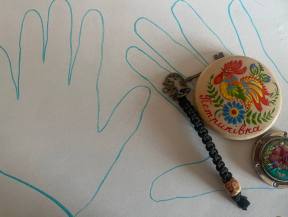

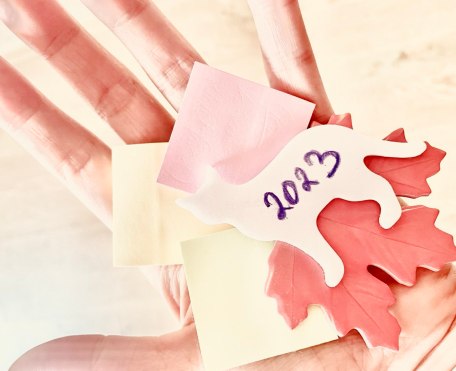
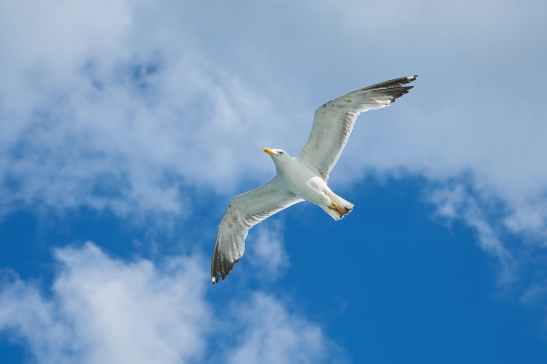
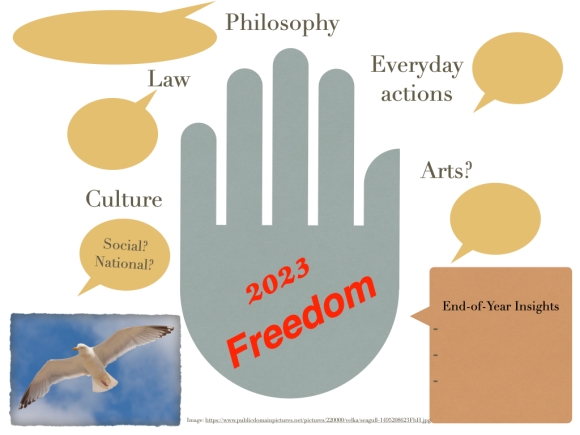
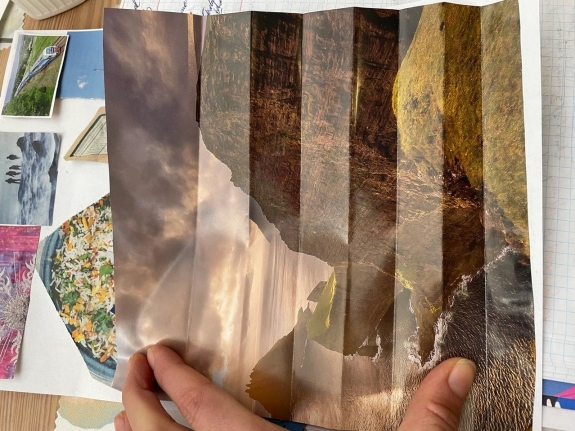

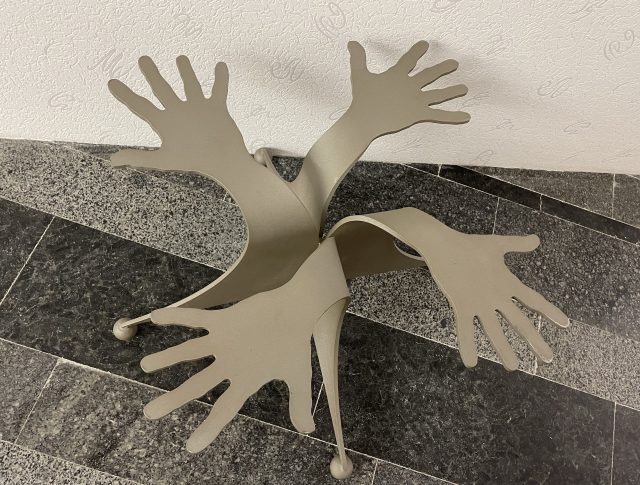
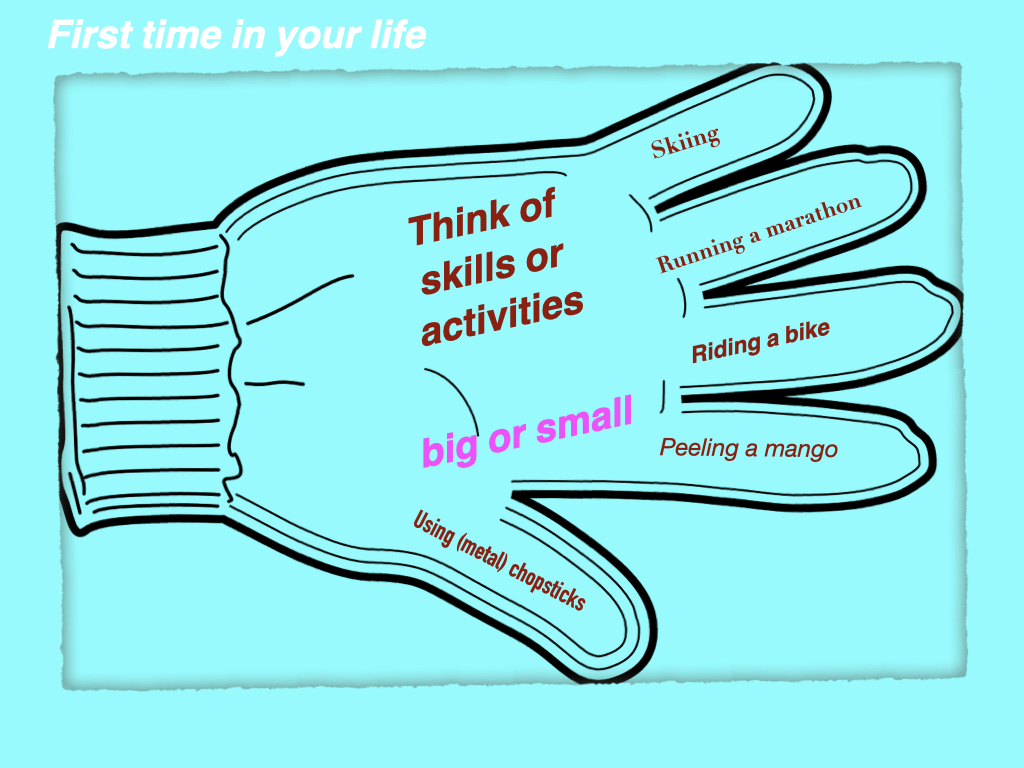

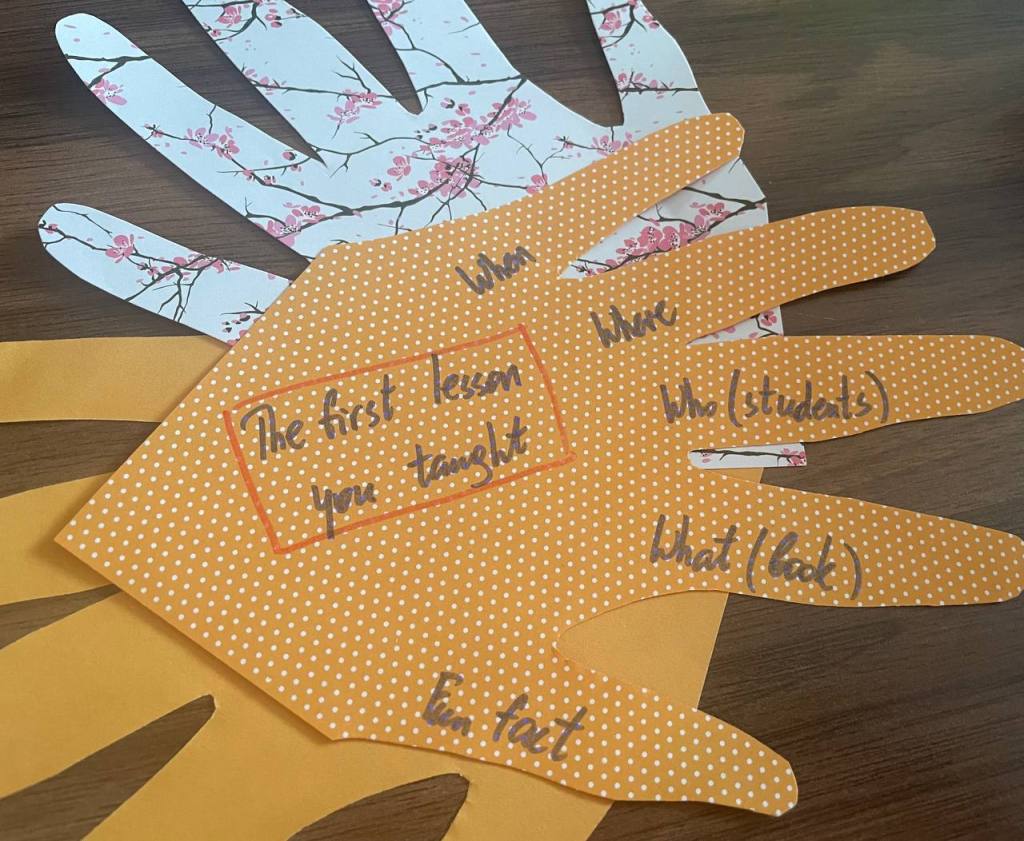


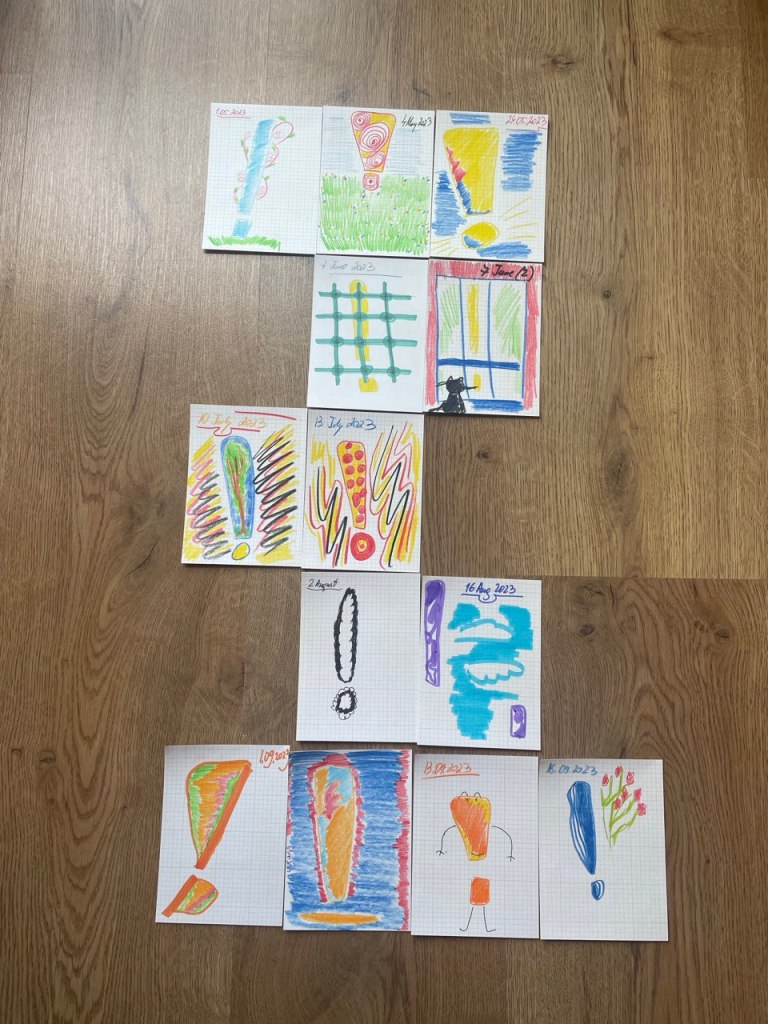
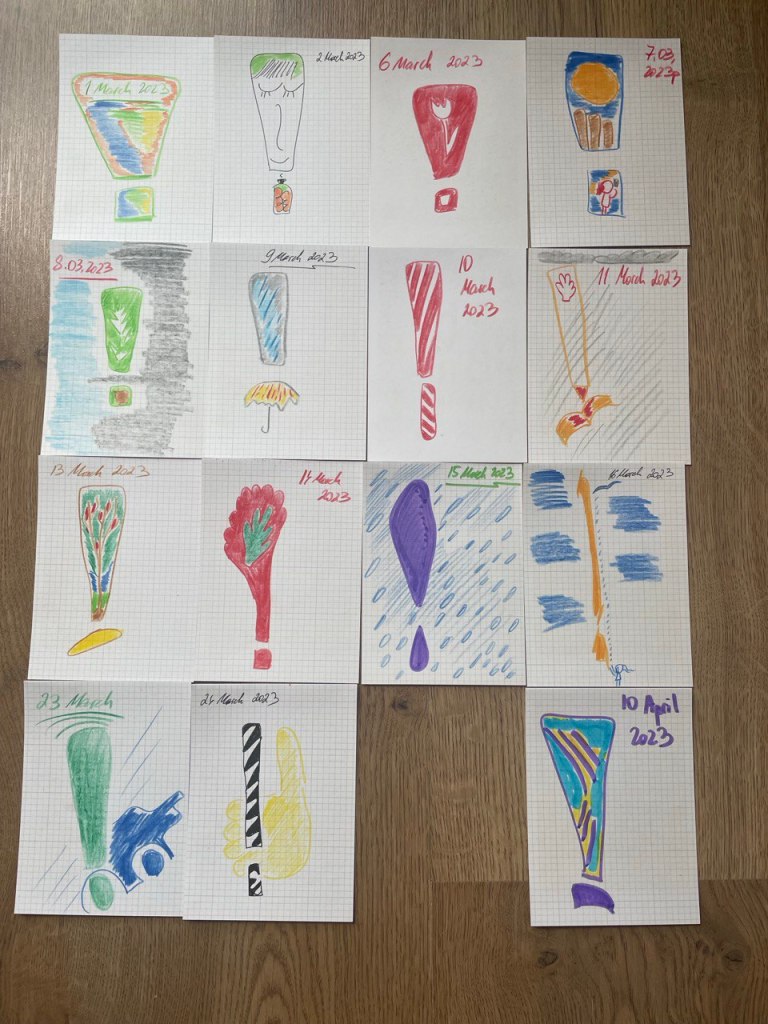


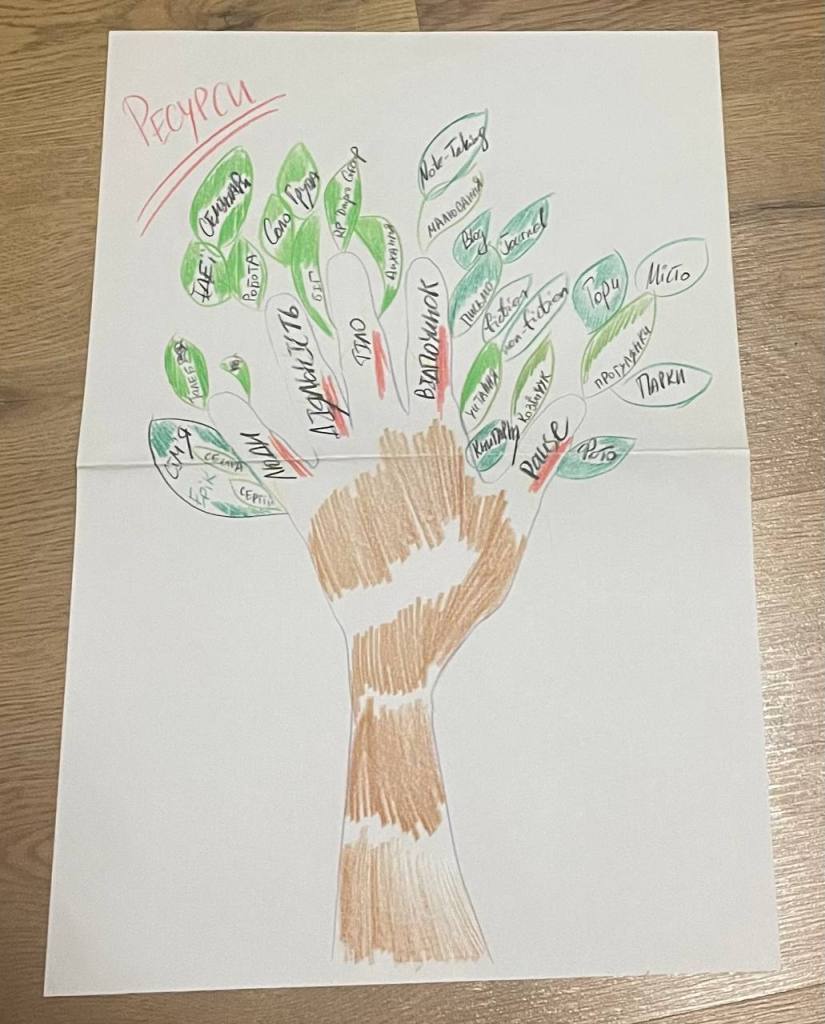


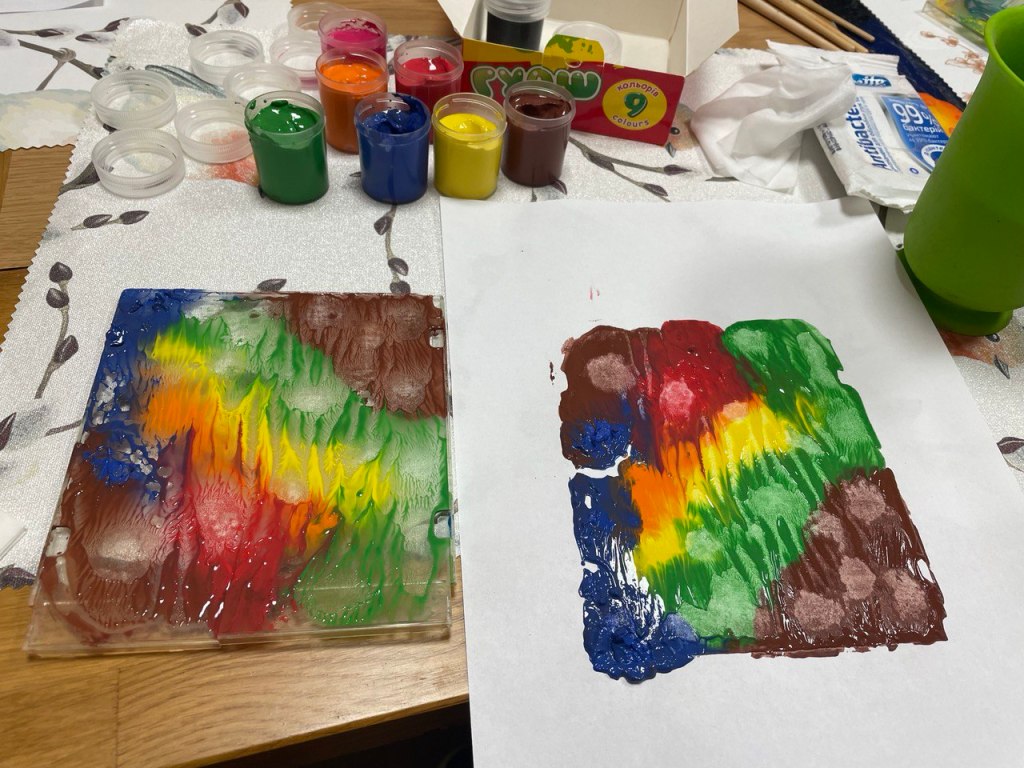

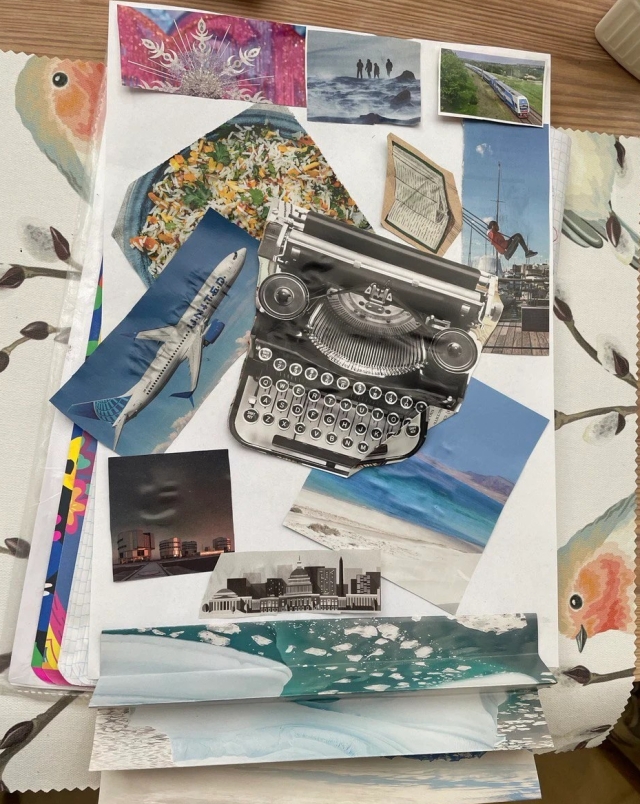



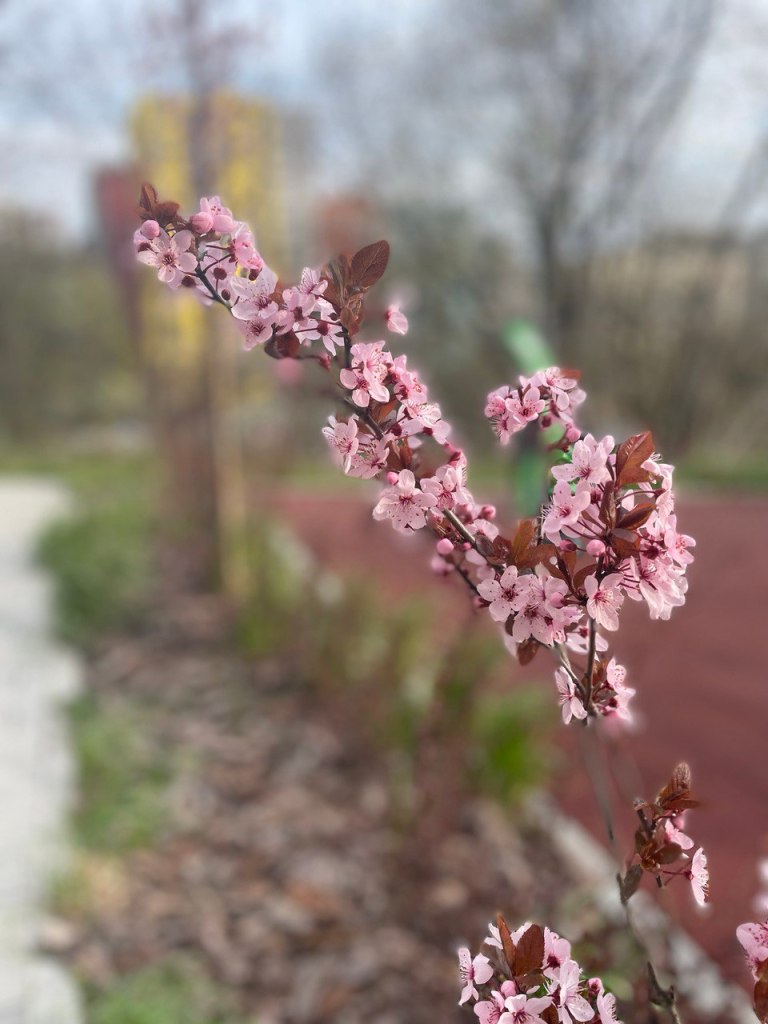

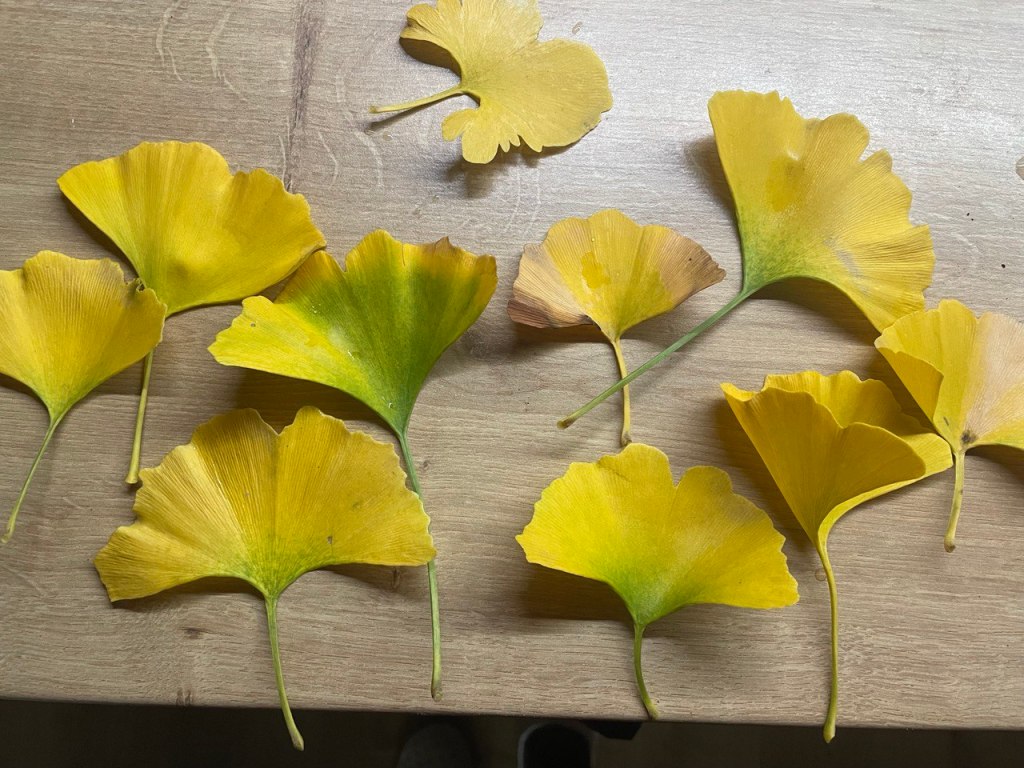


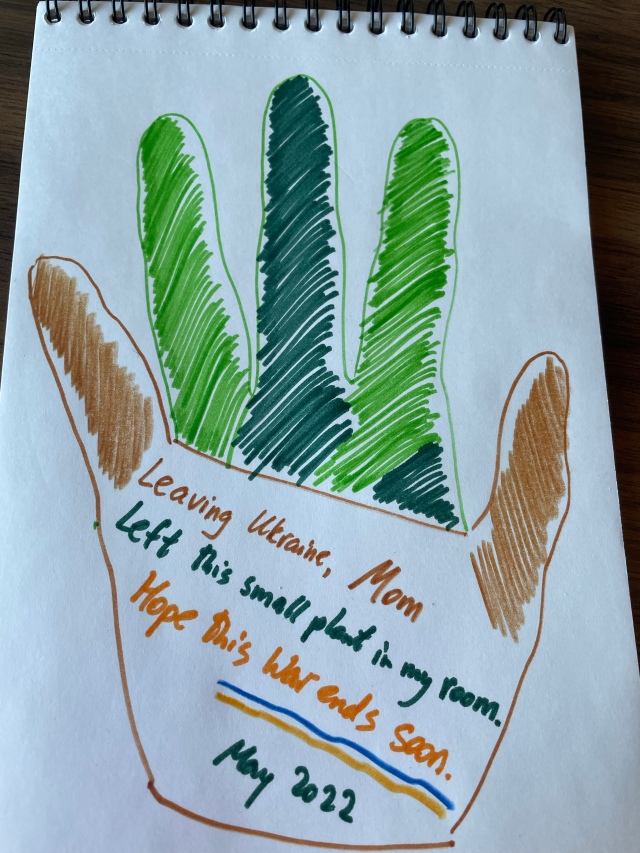



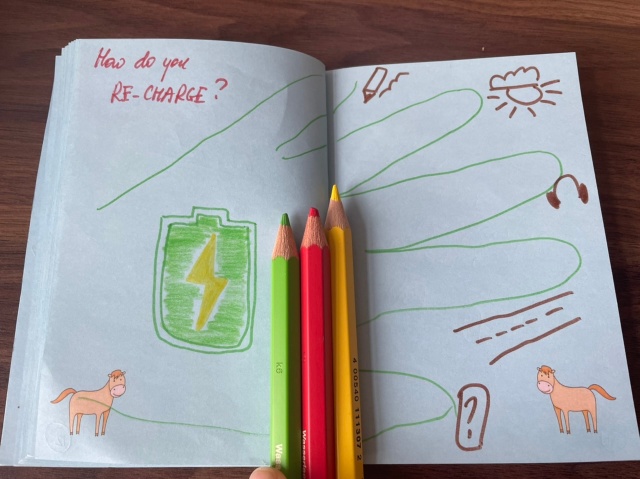

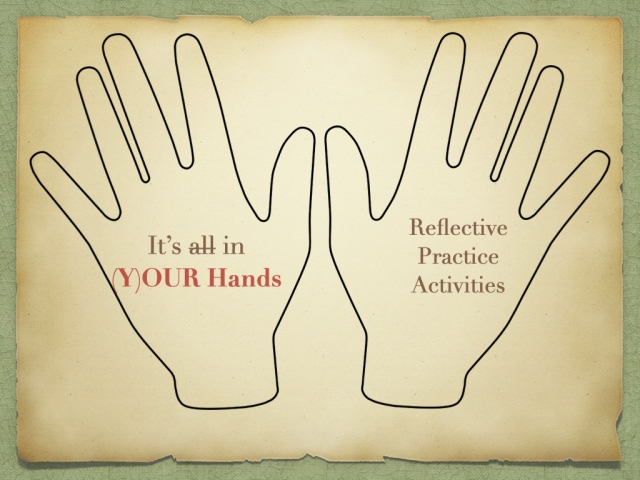

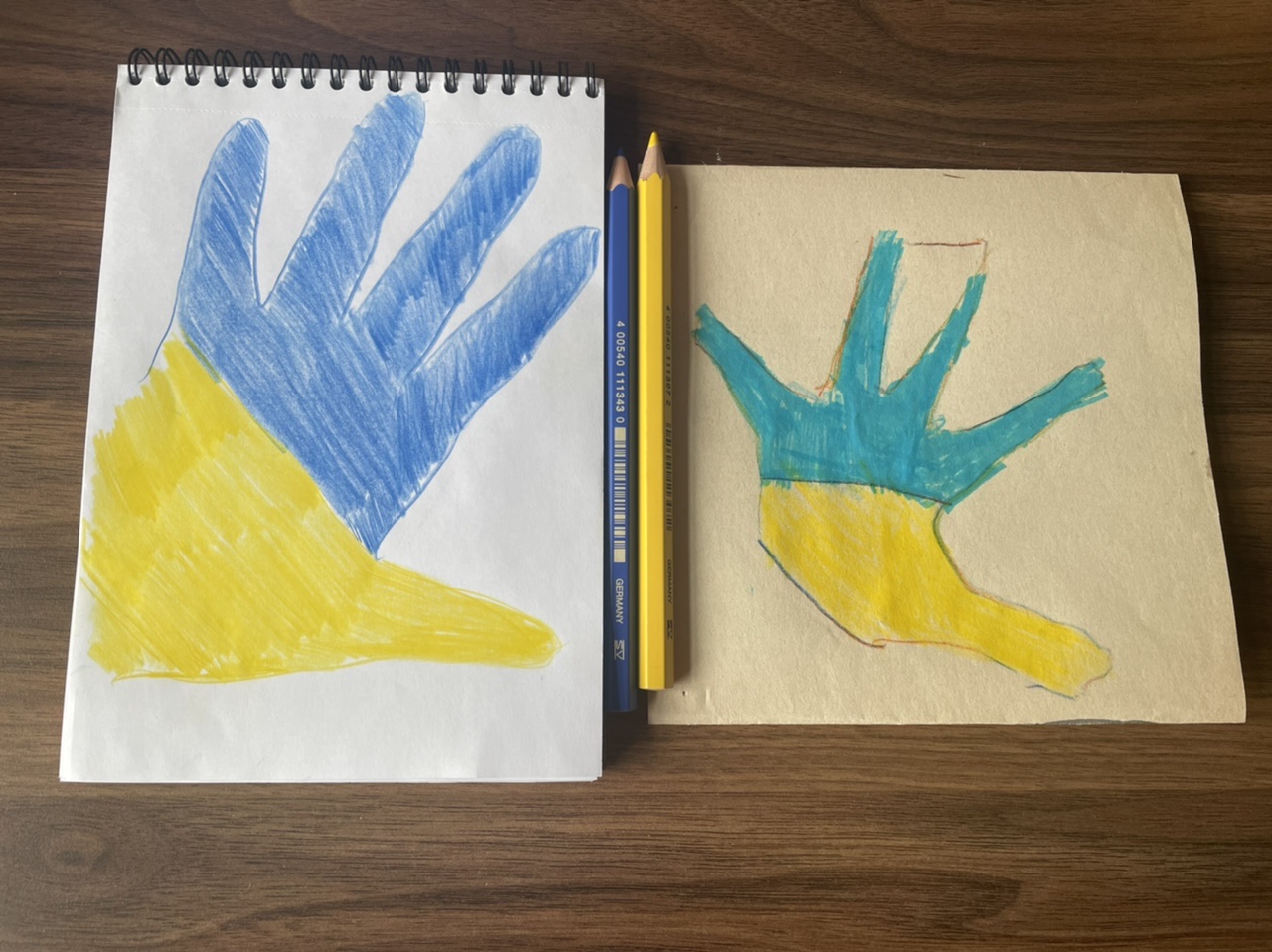
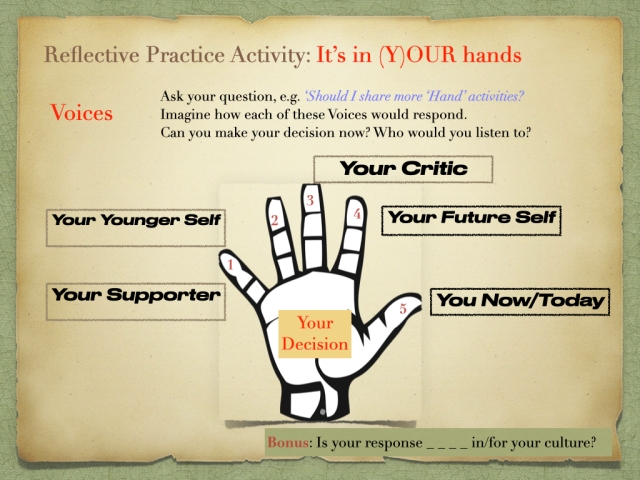
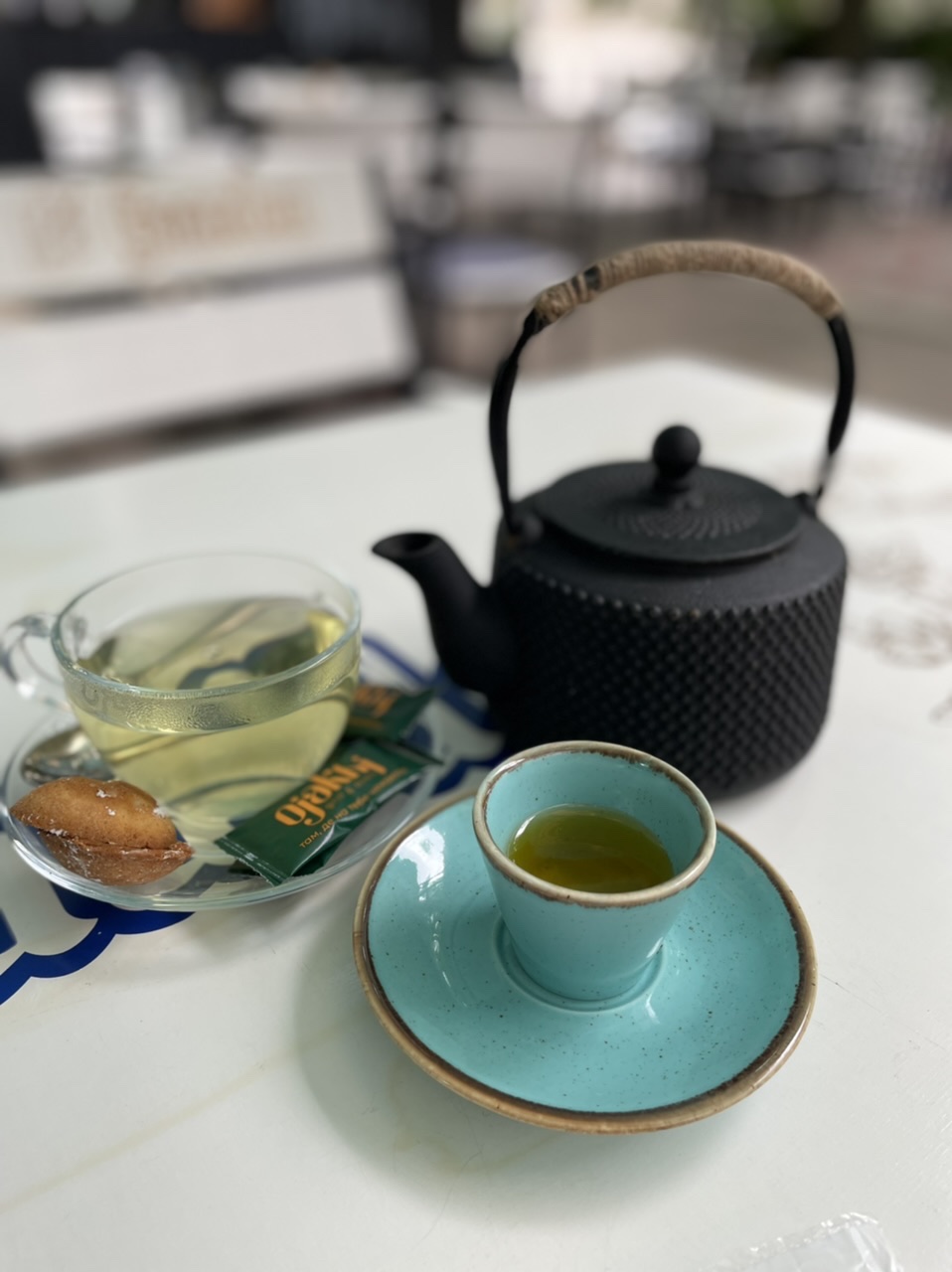
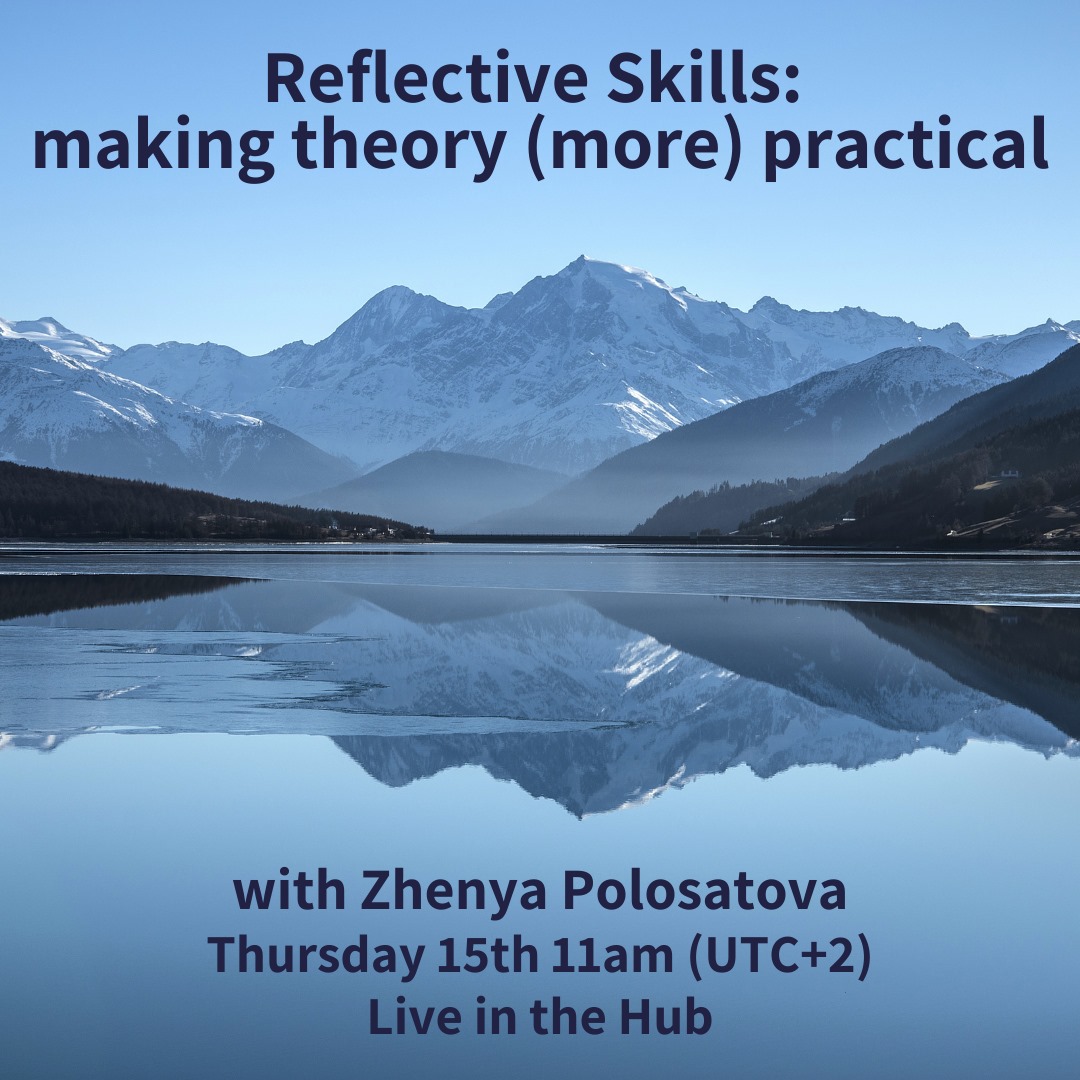
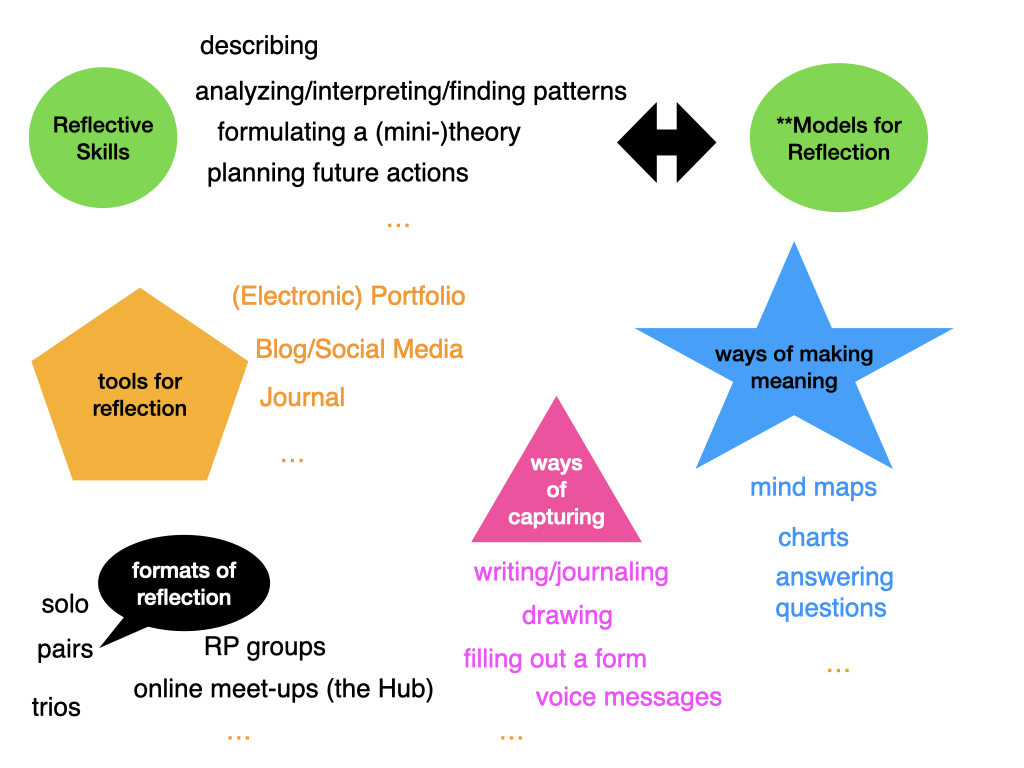
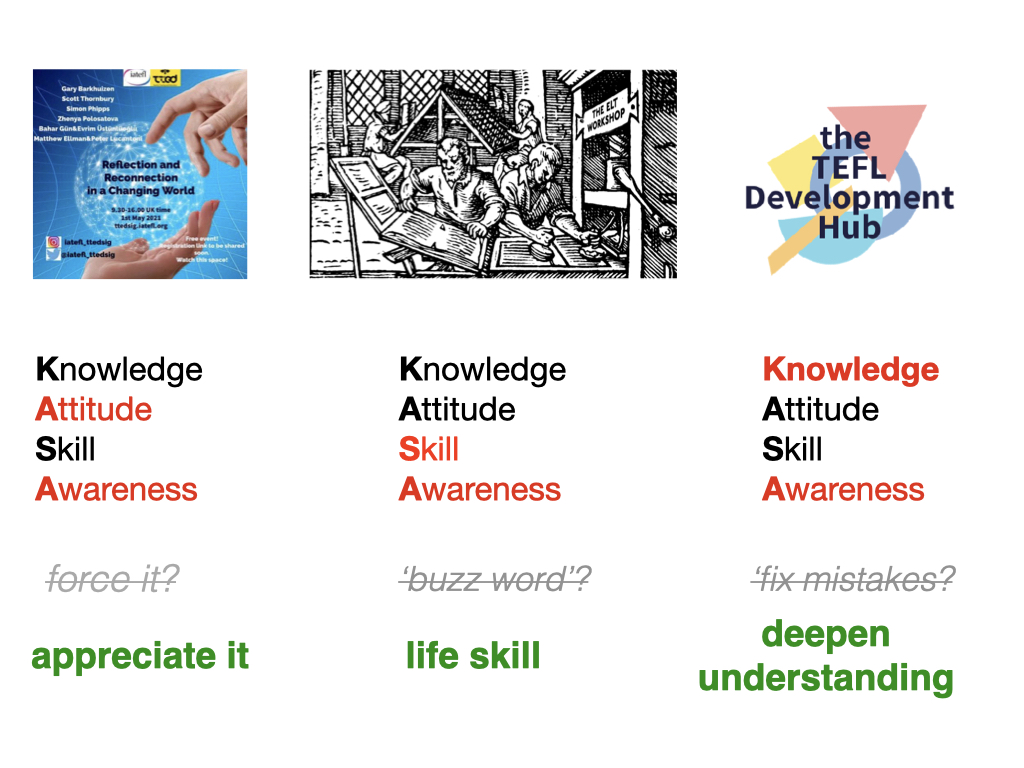


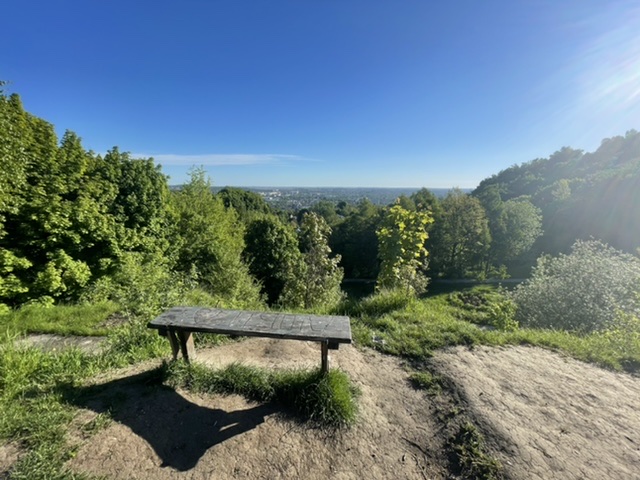
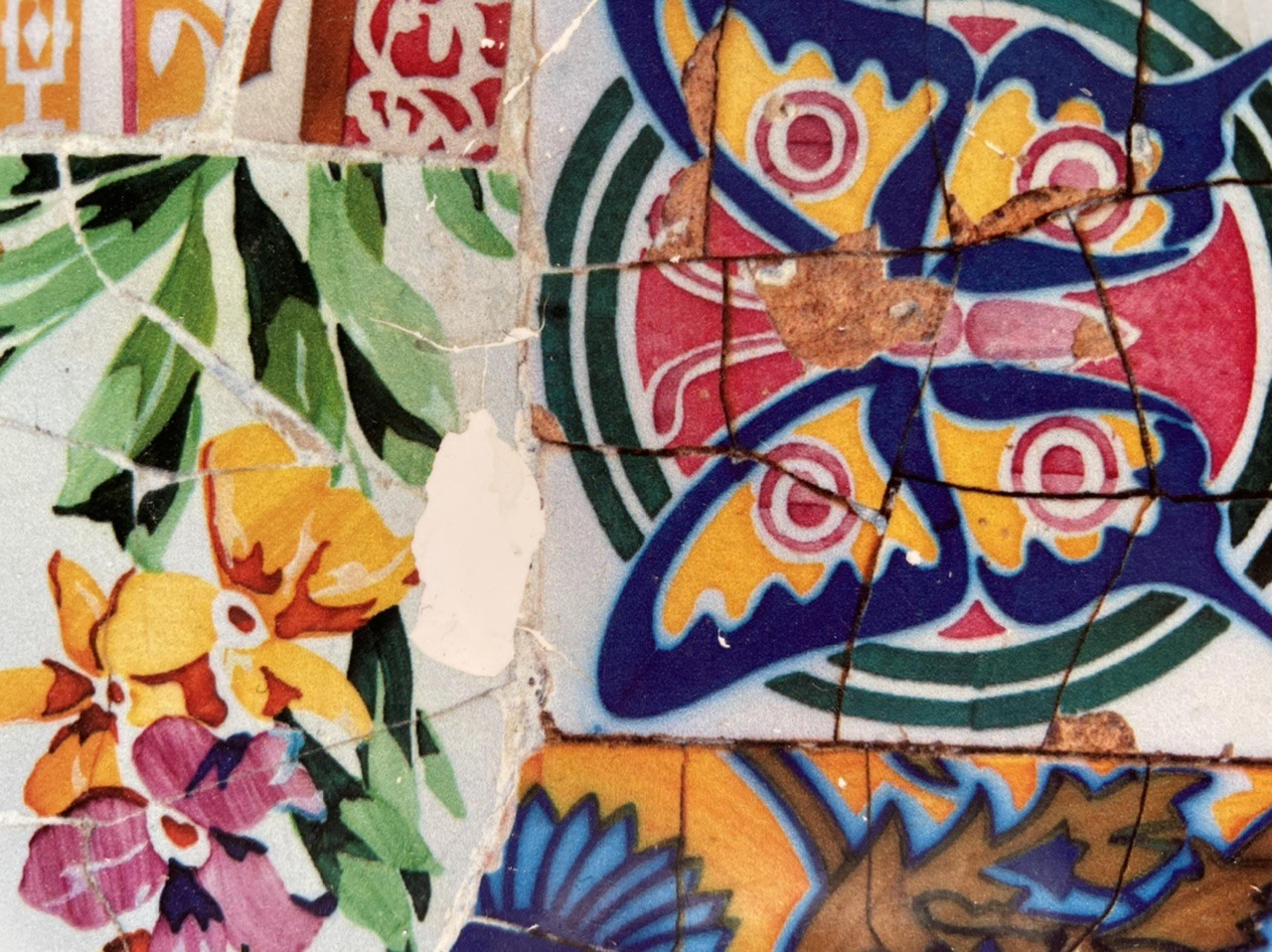






 Hakan Çavlak is an experienced teacher of English, a licensed teacher trainer for SIT TESOL Certificate program and a speaking examiner for Cambridge YLE, KET, PET, and FCE. He is also a proud founding member of TESOL Turkey Association. He holds an MA in ELT from Ege University, Delta Module 2 certificate from Cambridge English Language Assessment, and a management certificate from H&E. After working 15 years in Turkey, he moved to Kuwait and pursues his career as an instructor of English. He is an avid learner who continuously seeks new ideas in the profession.
Hakan Çavlak is an experienced teacher of English, a licensed teacher trainer for SIT TESOL Certificate program and a speaking examiner for Cambridge YLE, KET, PET, and FCE. He is also a proud founding member of TESOL Turkey Association. He holds an MA in ELT from Ege University, Delta Module 2 certificate from Cambridge English Language Assessment, and a management certificate from H&E. After working 15 years in Turkey, he moved to Kuwait and pursues his career as an instructor of English. He is an avid learner who continuously seeks new ideas in the profession. 